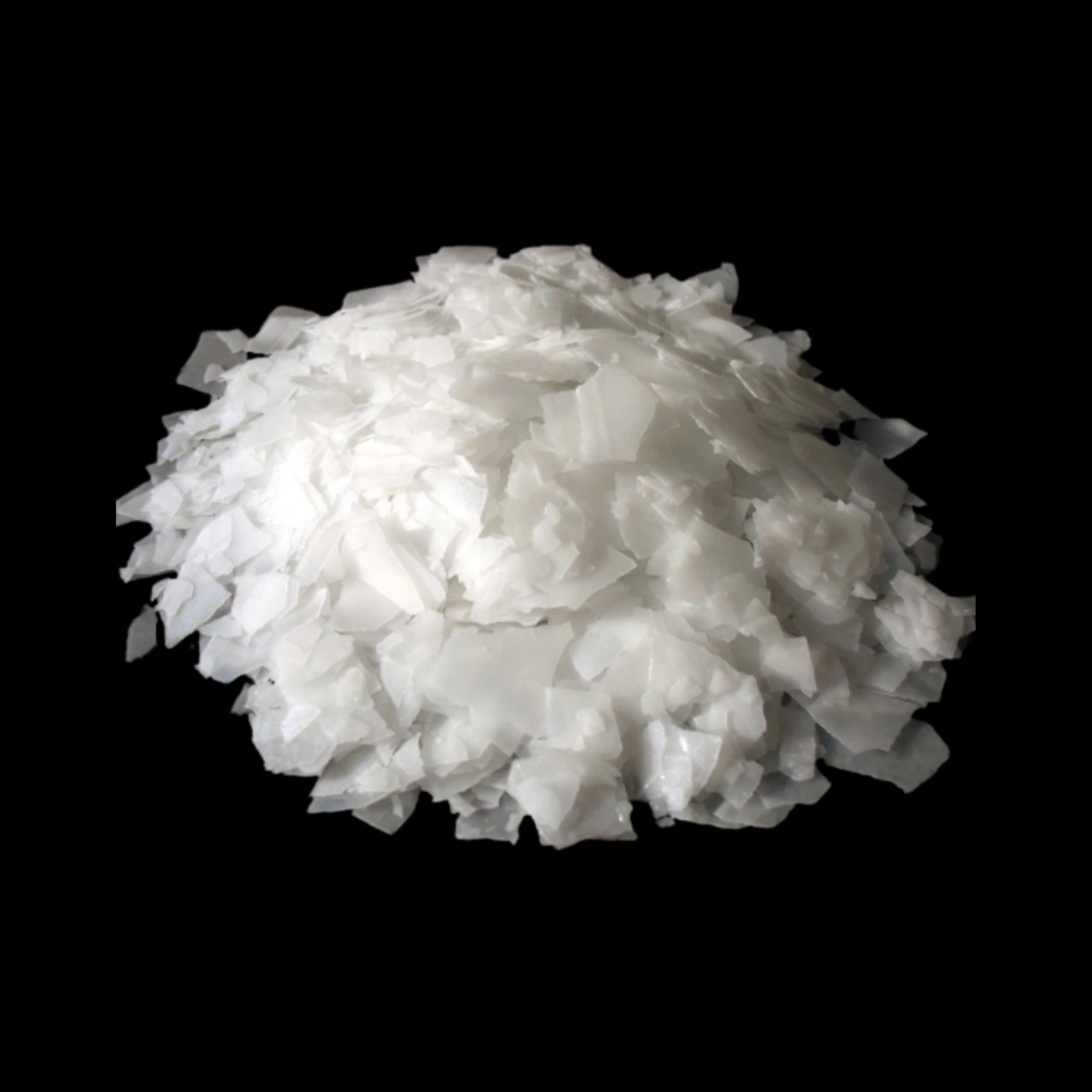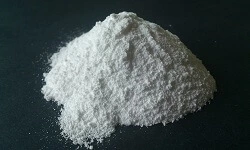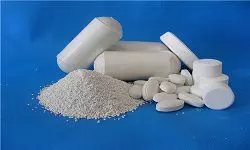Sulphuric Acid (60%)
|
IUPAC Name |
: Sulfuric Acid |
|
Cas Number |
: 7664-93-9 |
|
HS Code |
: 2807.00.00 |
|
Formula |
: H2SO4 |
Basic Info
|
Appearance Name |
: Clear Liquid |
|
Common Names |
: Hydrogen sulfate, Vitriol brown oil, Oil of vitriol |
|
Packaging |
: 50 kg drum |



---china.webp)


